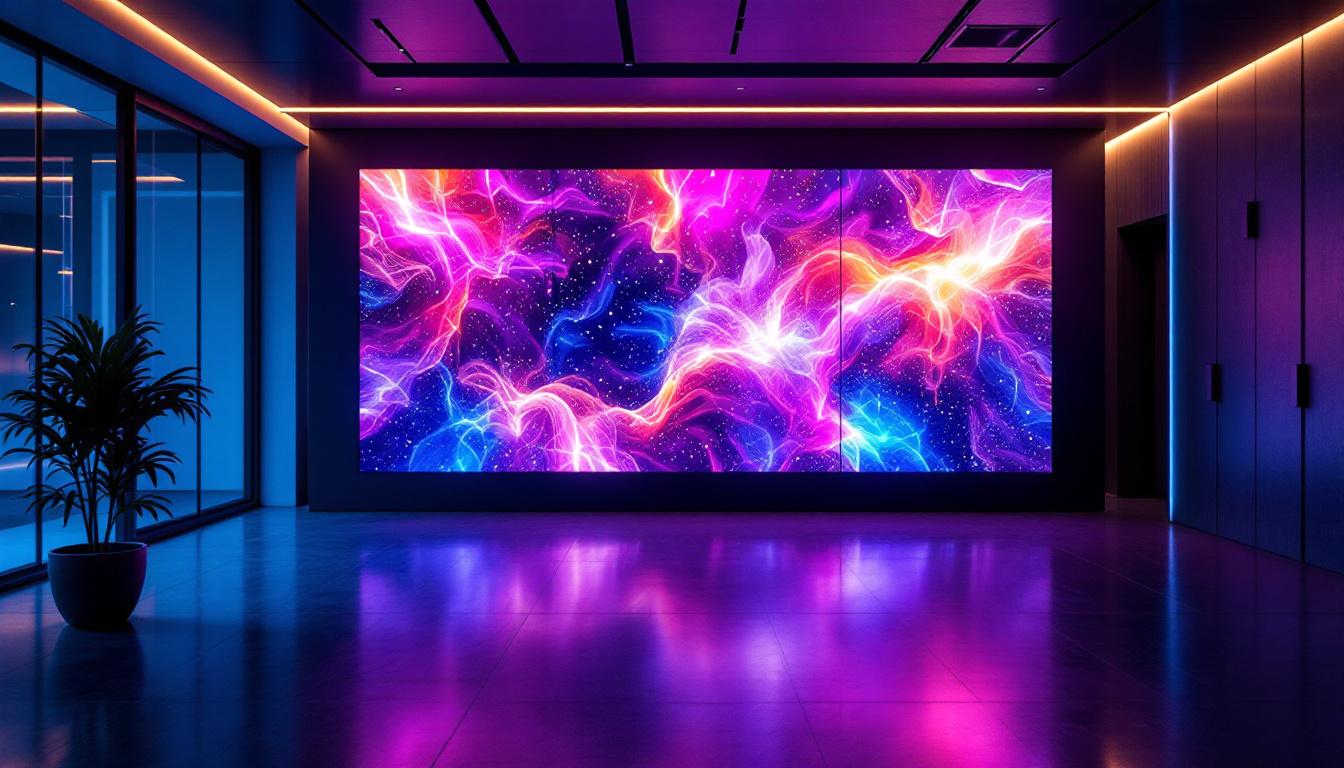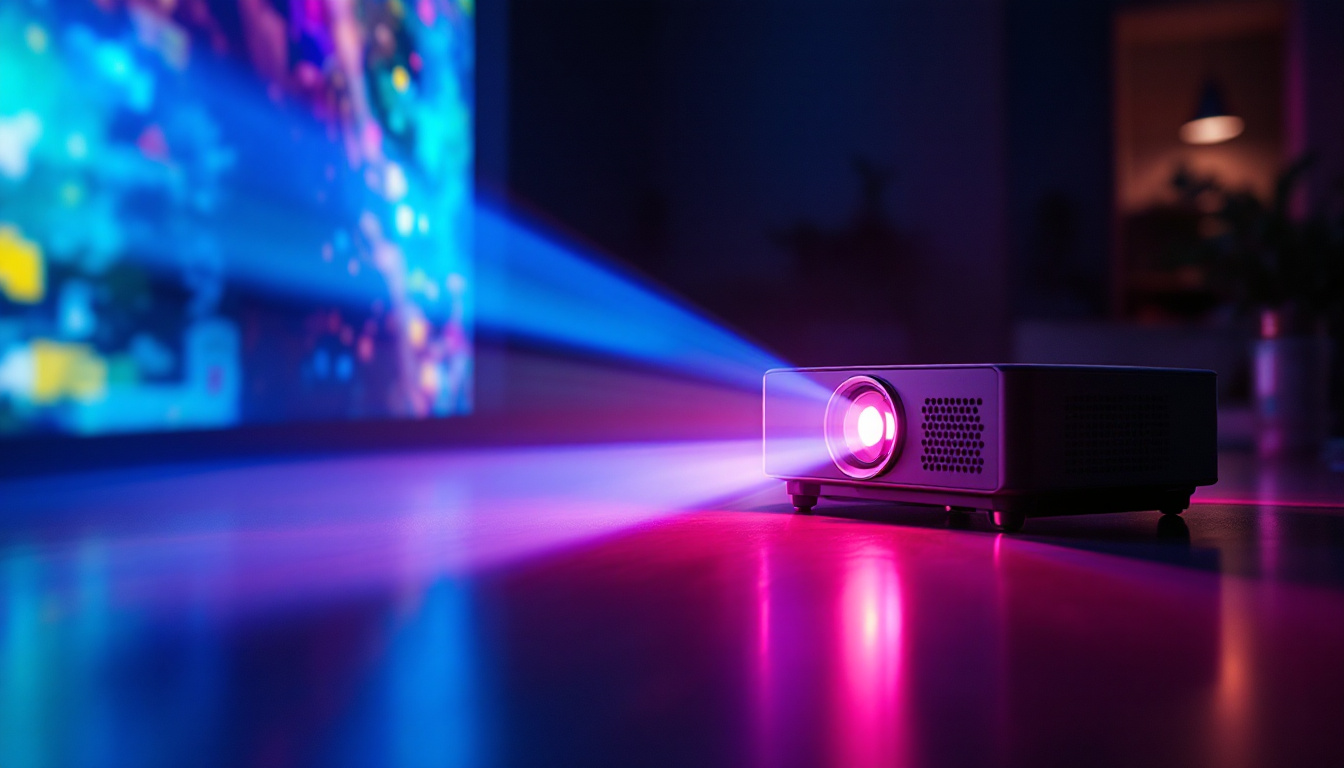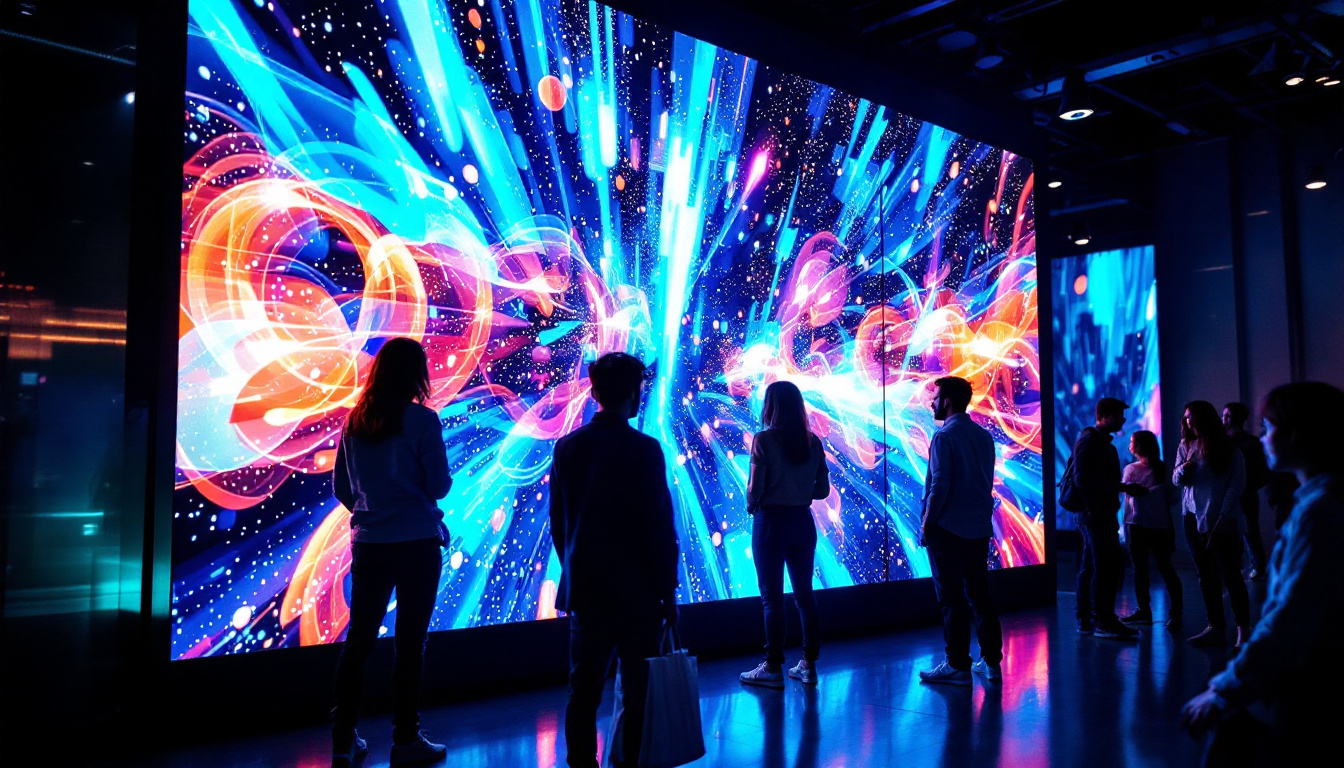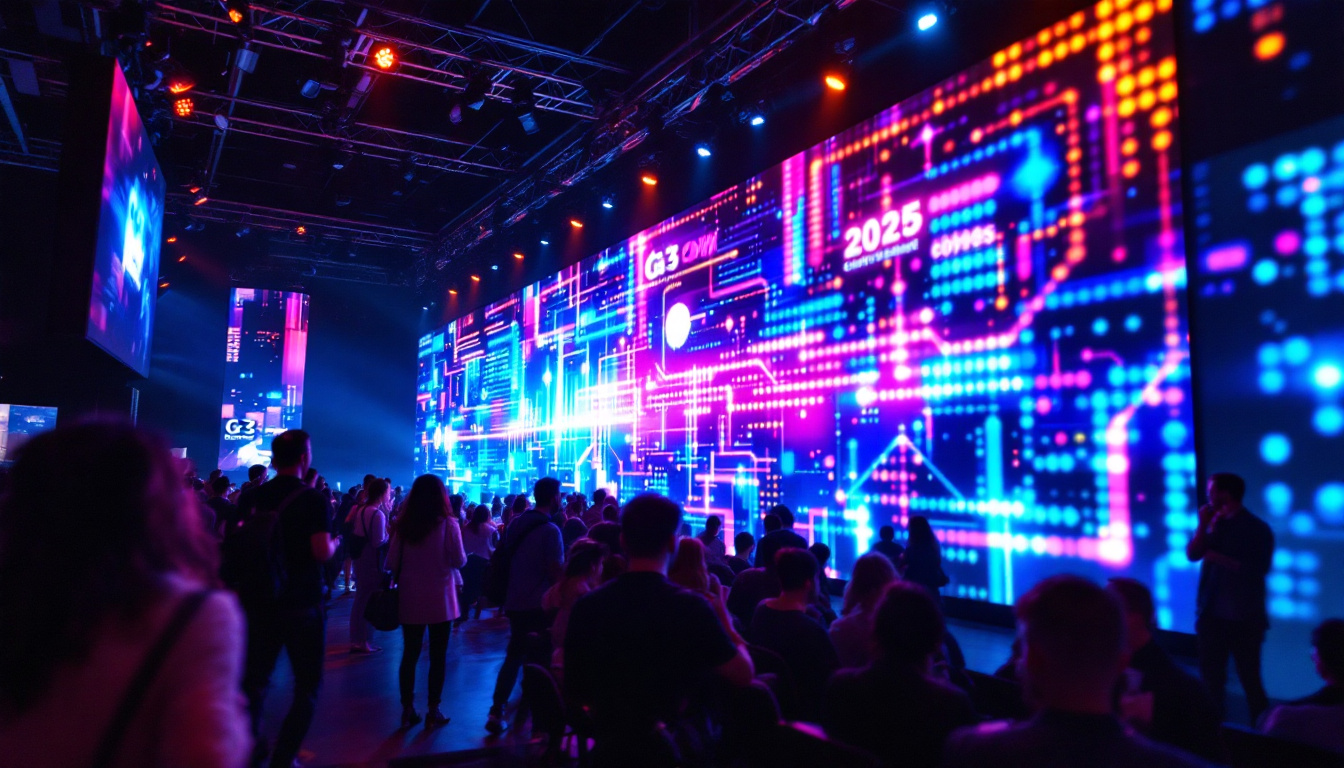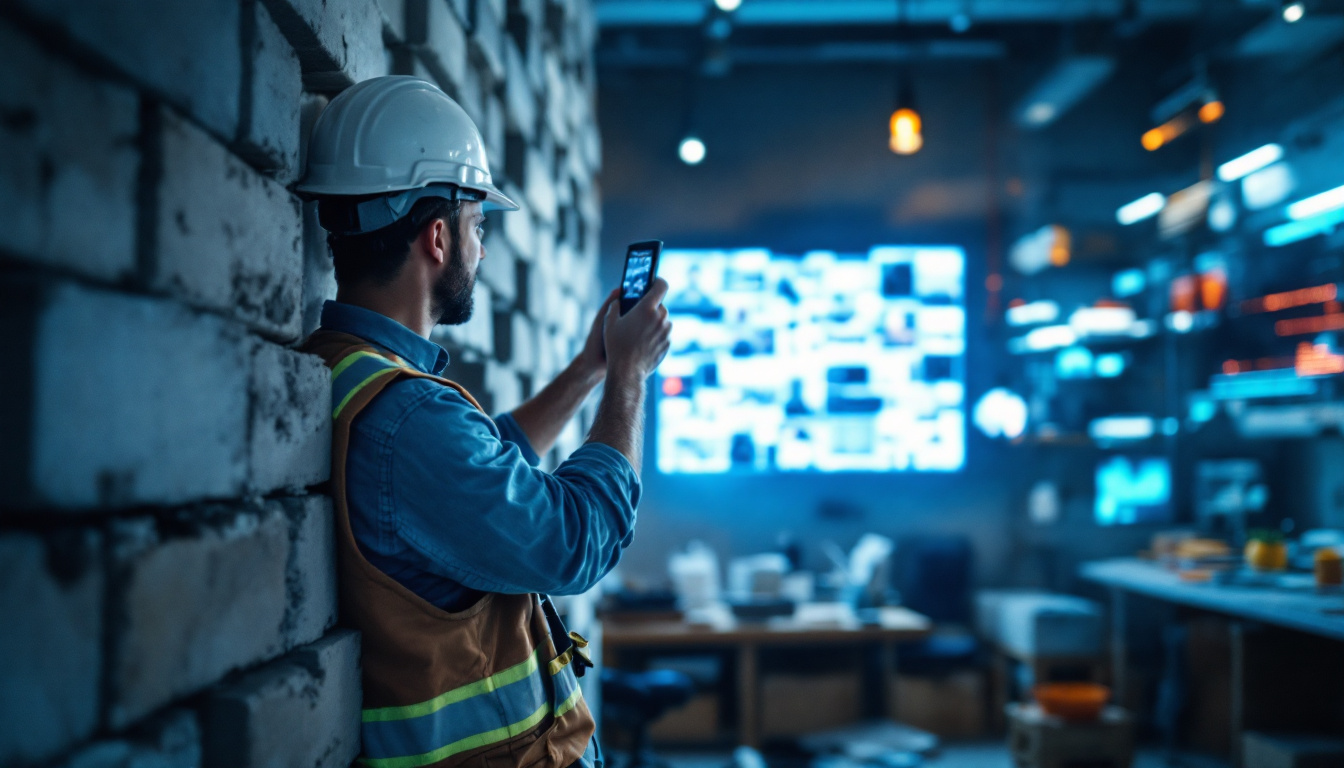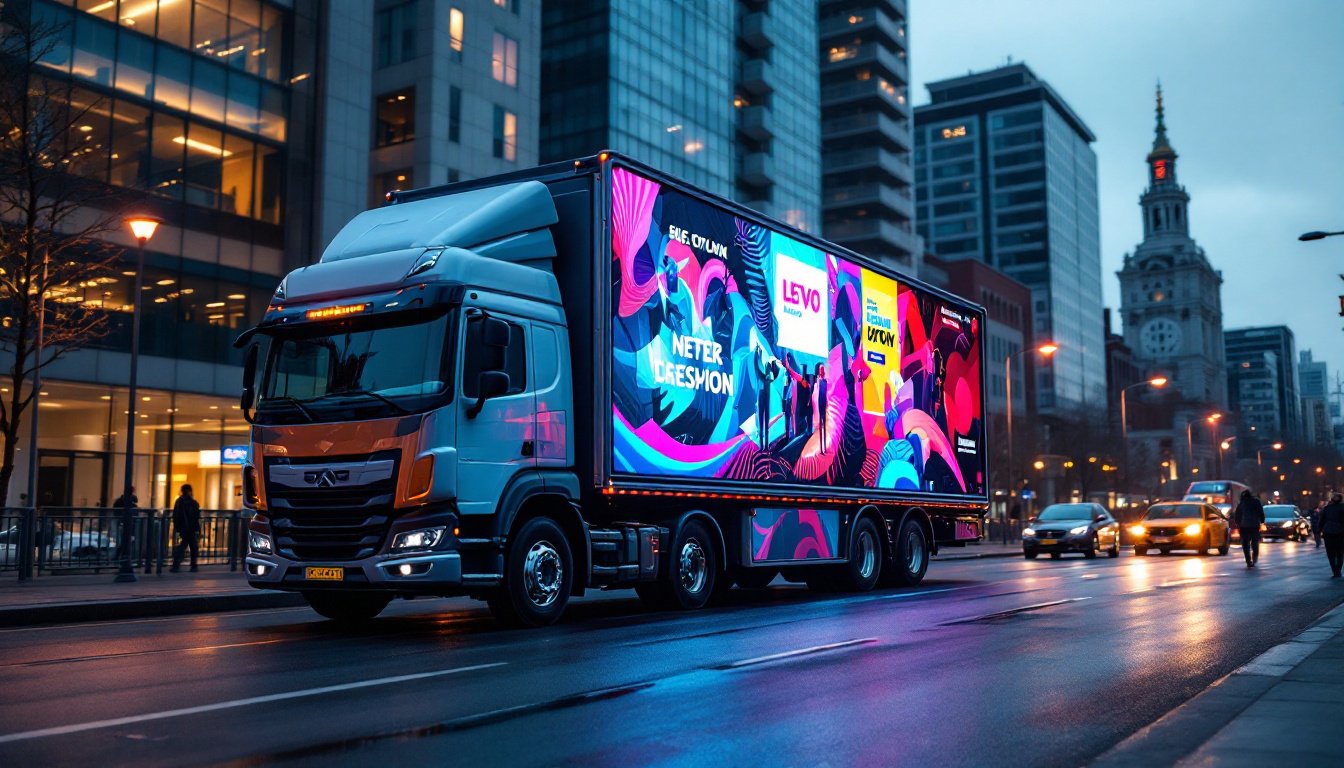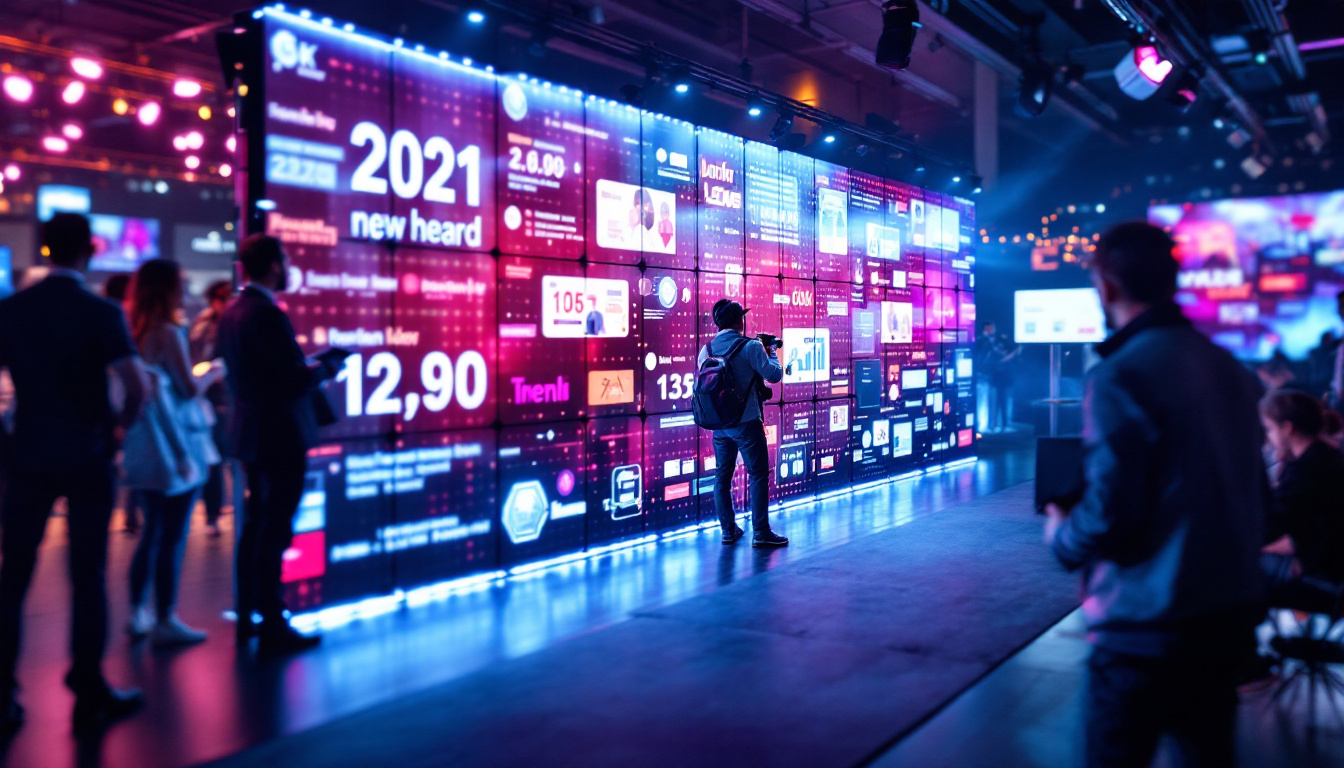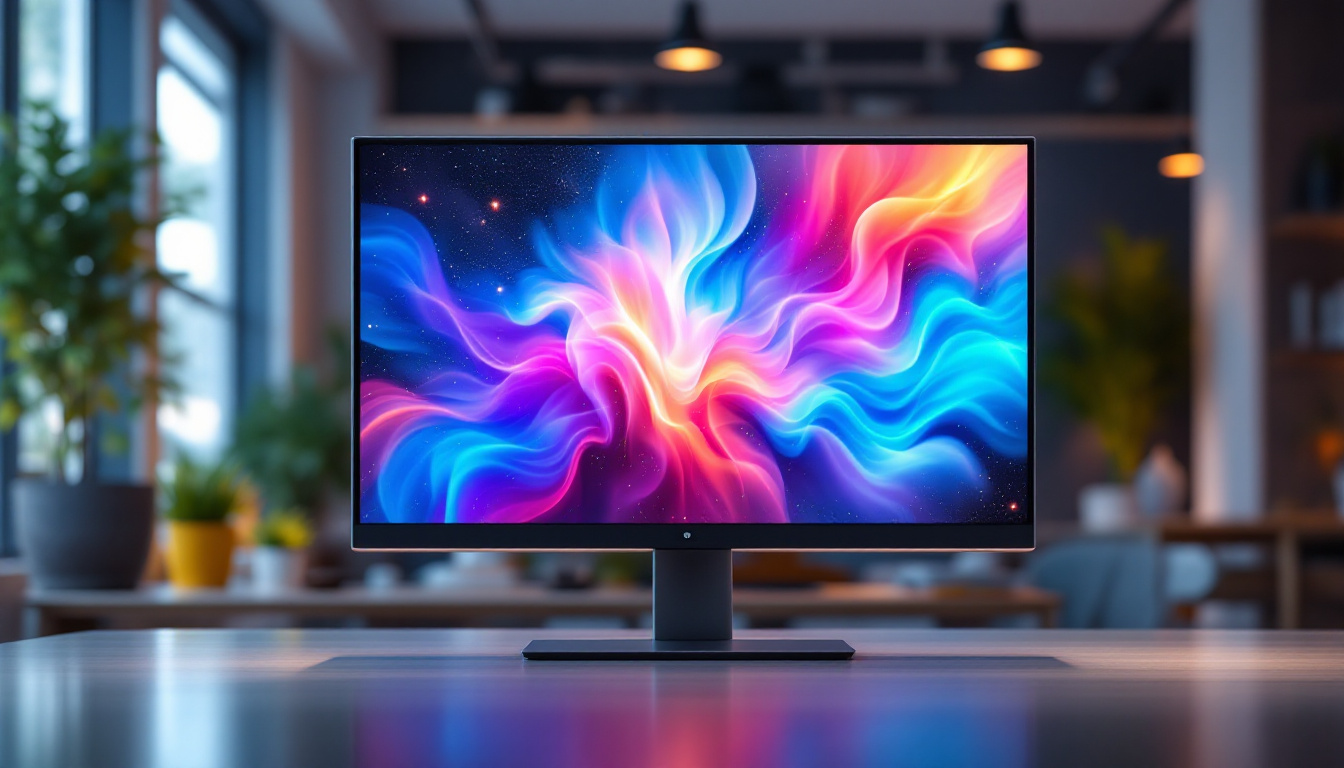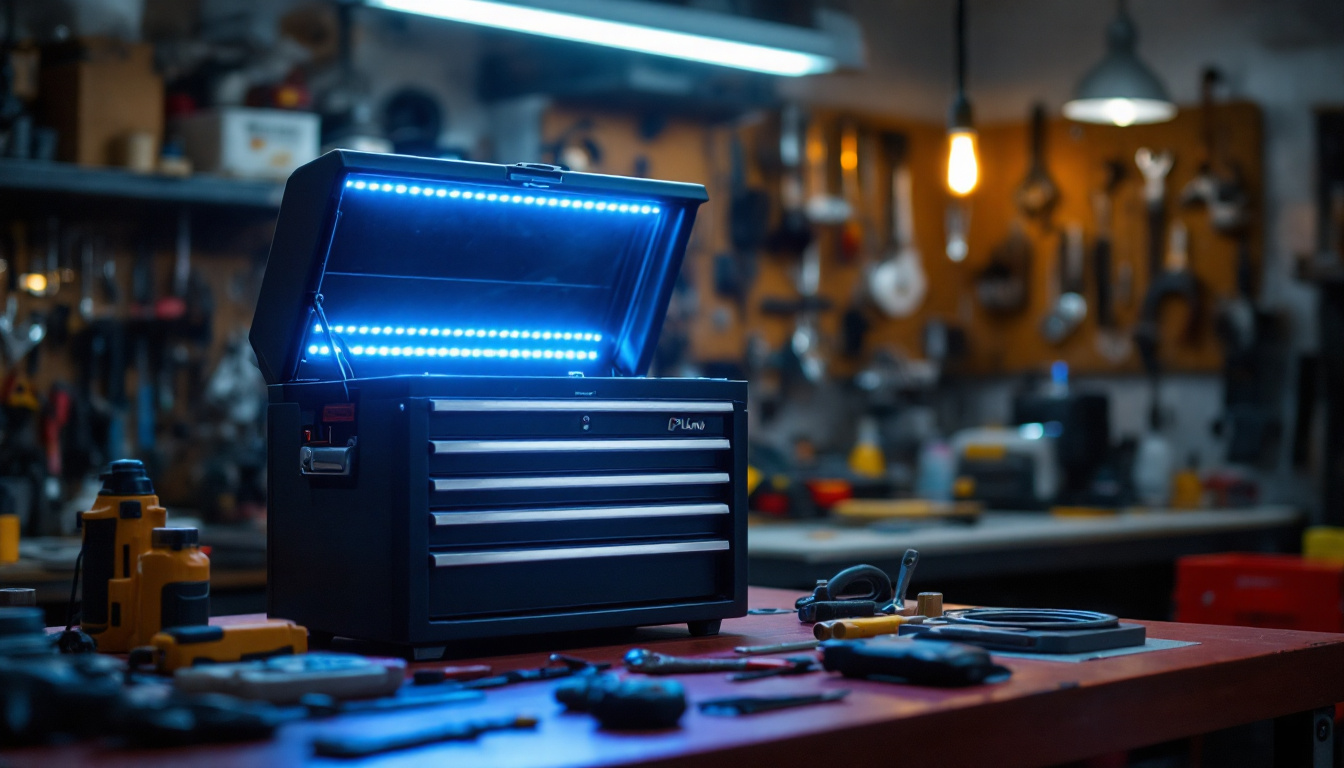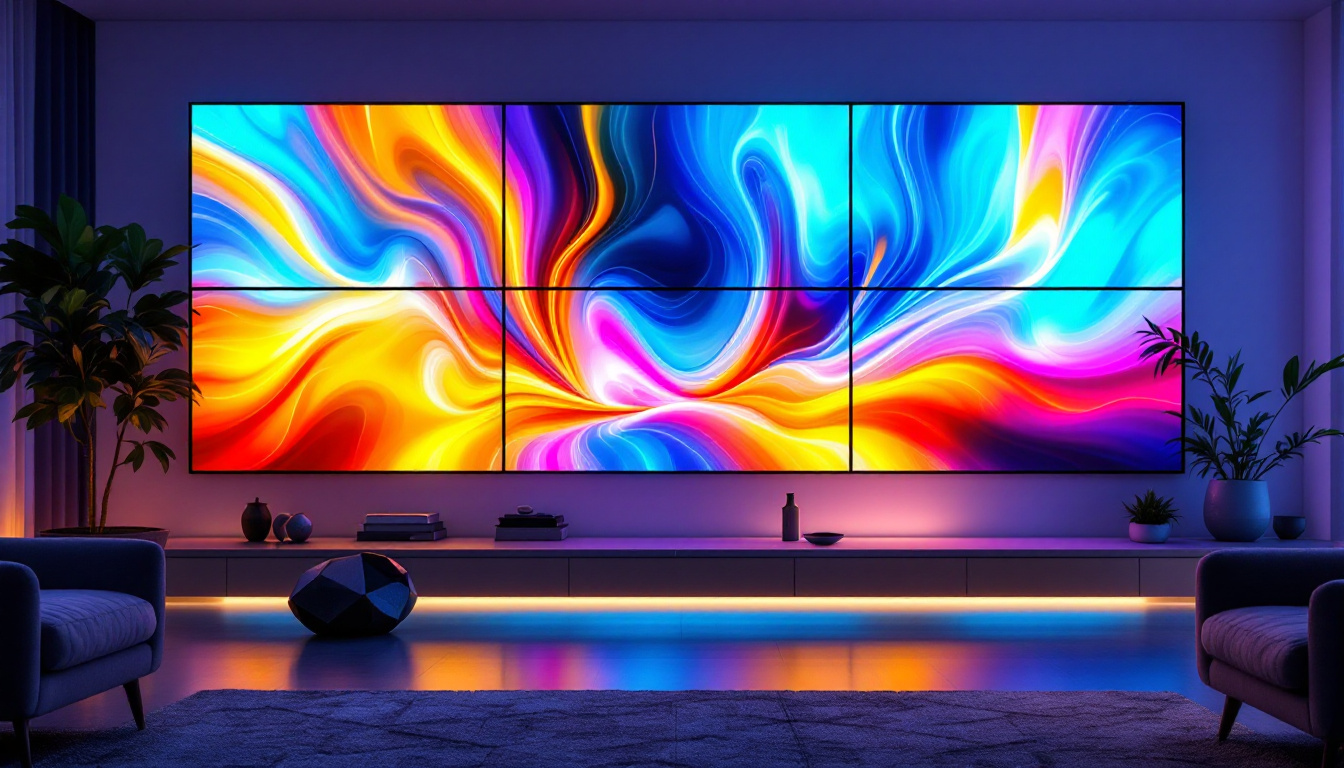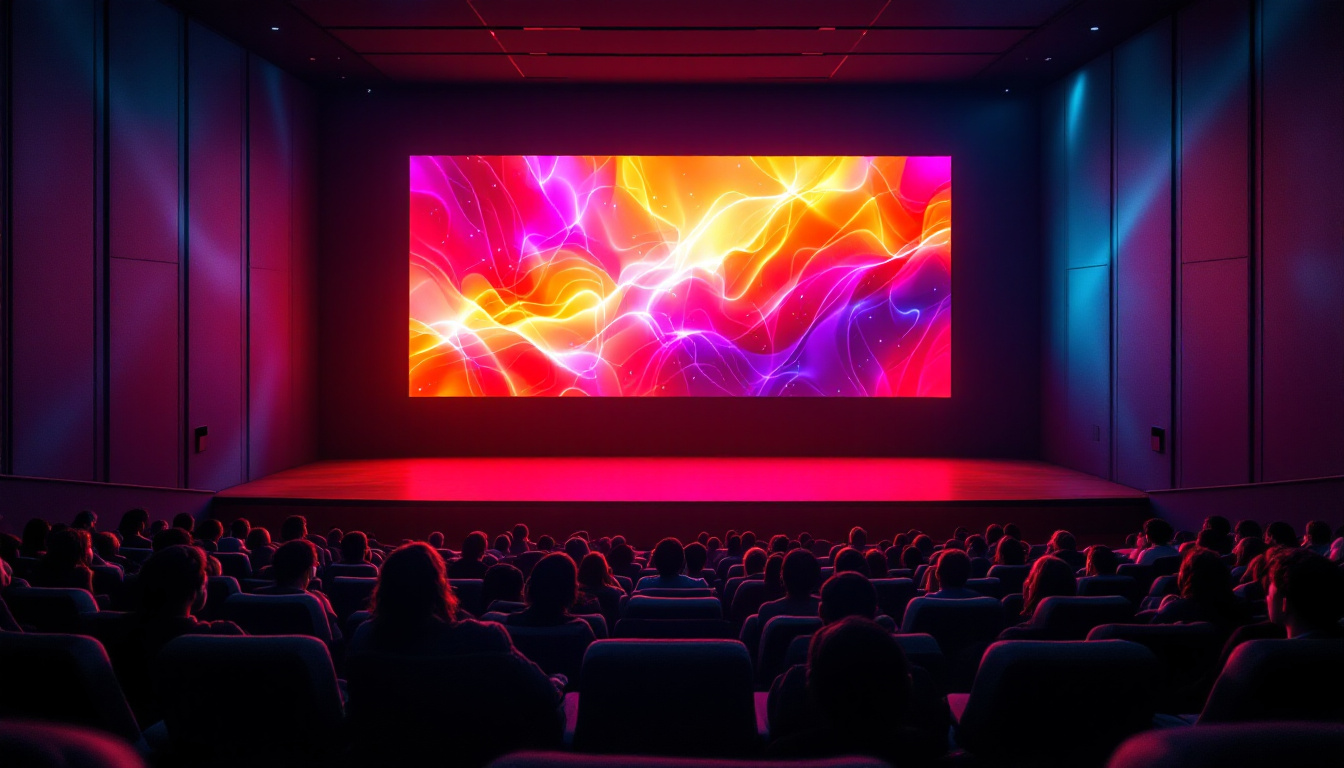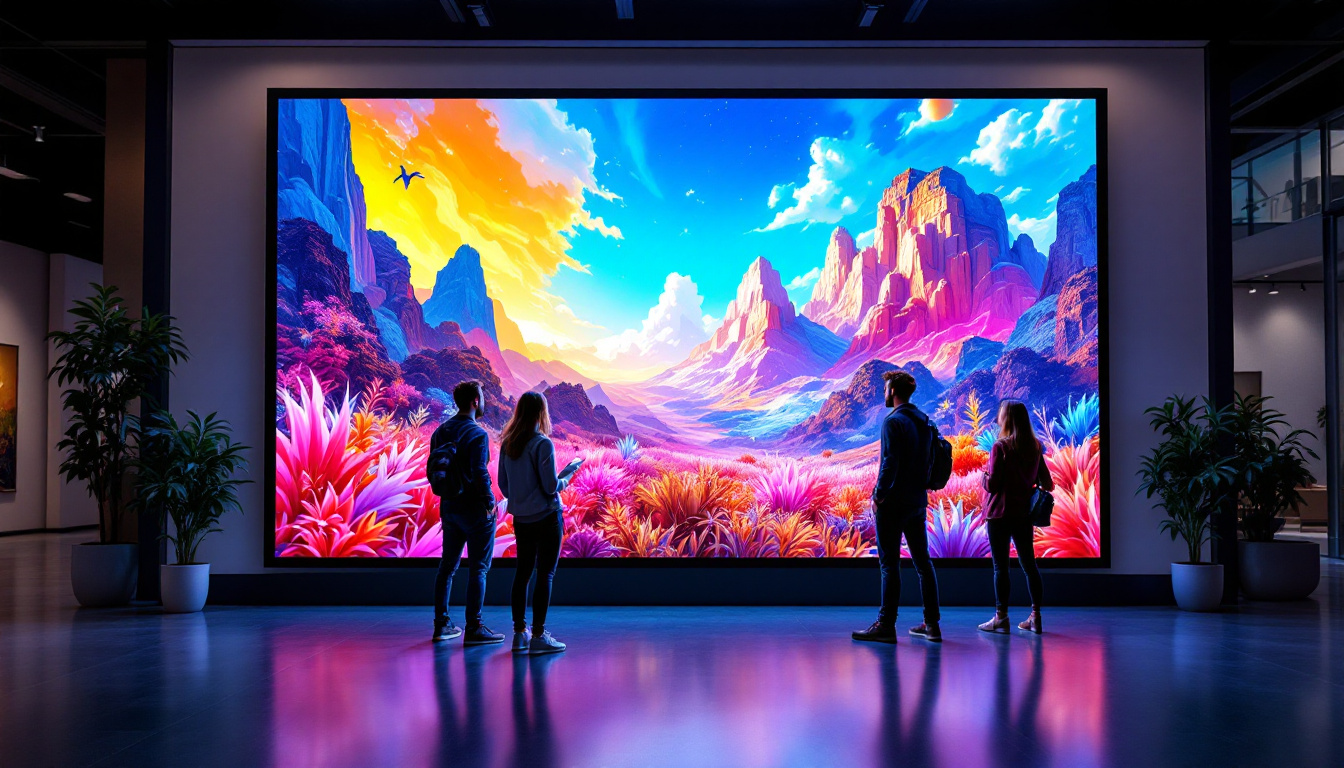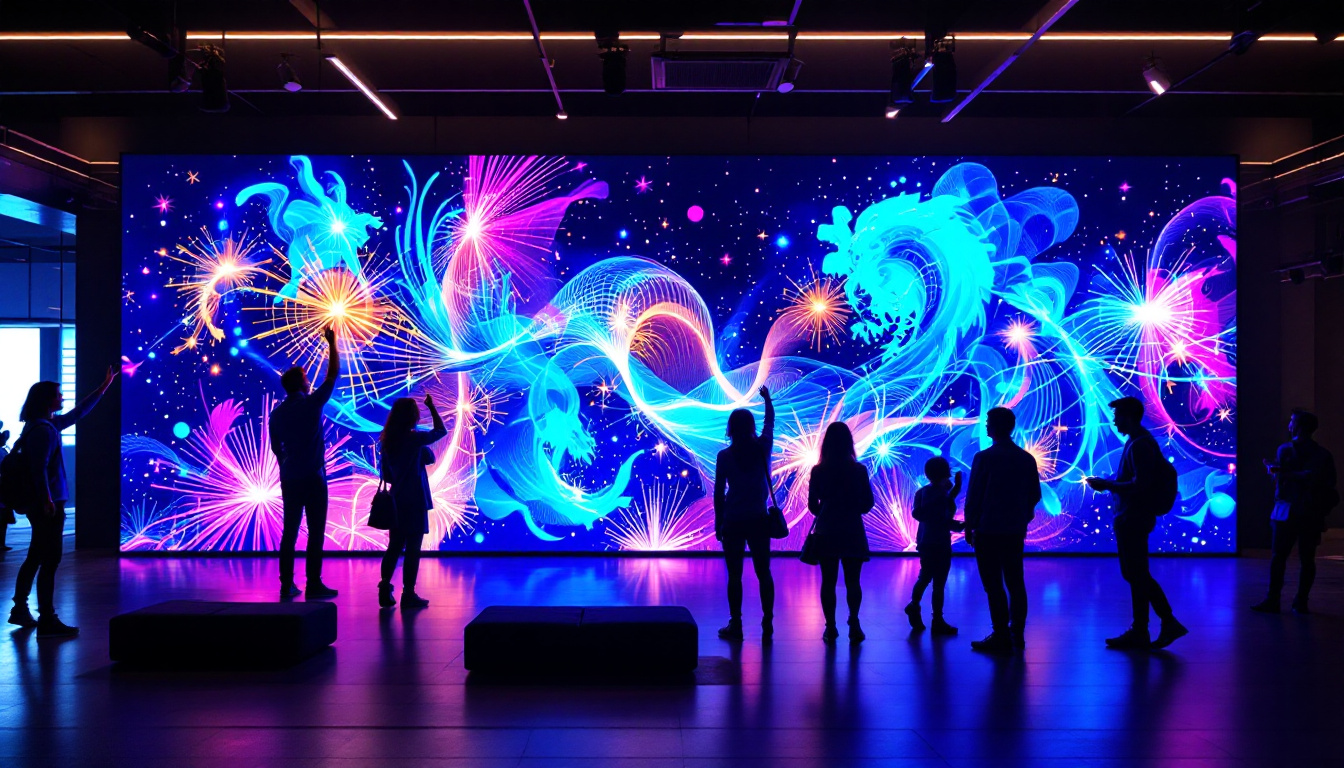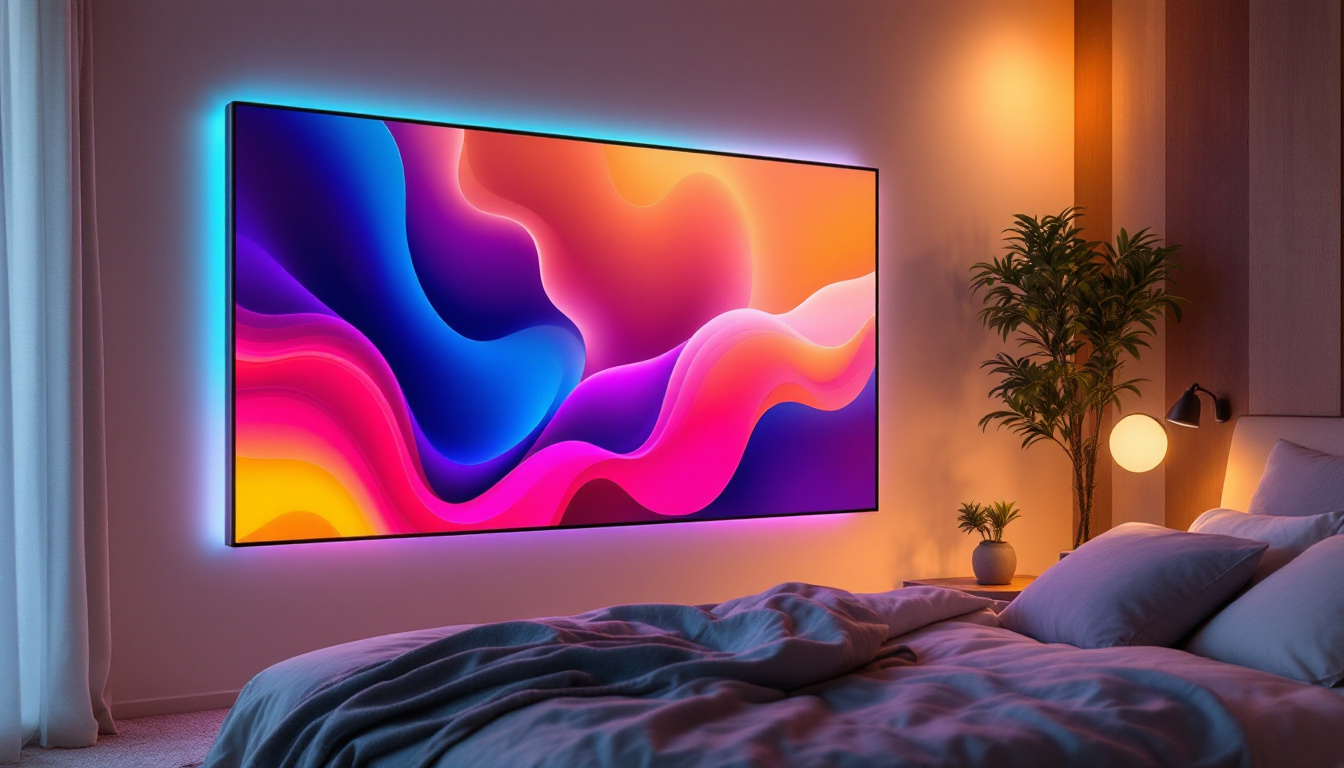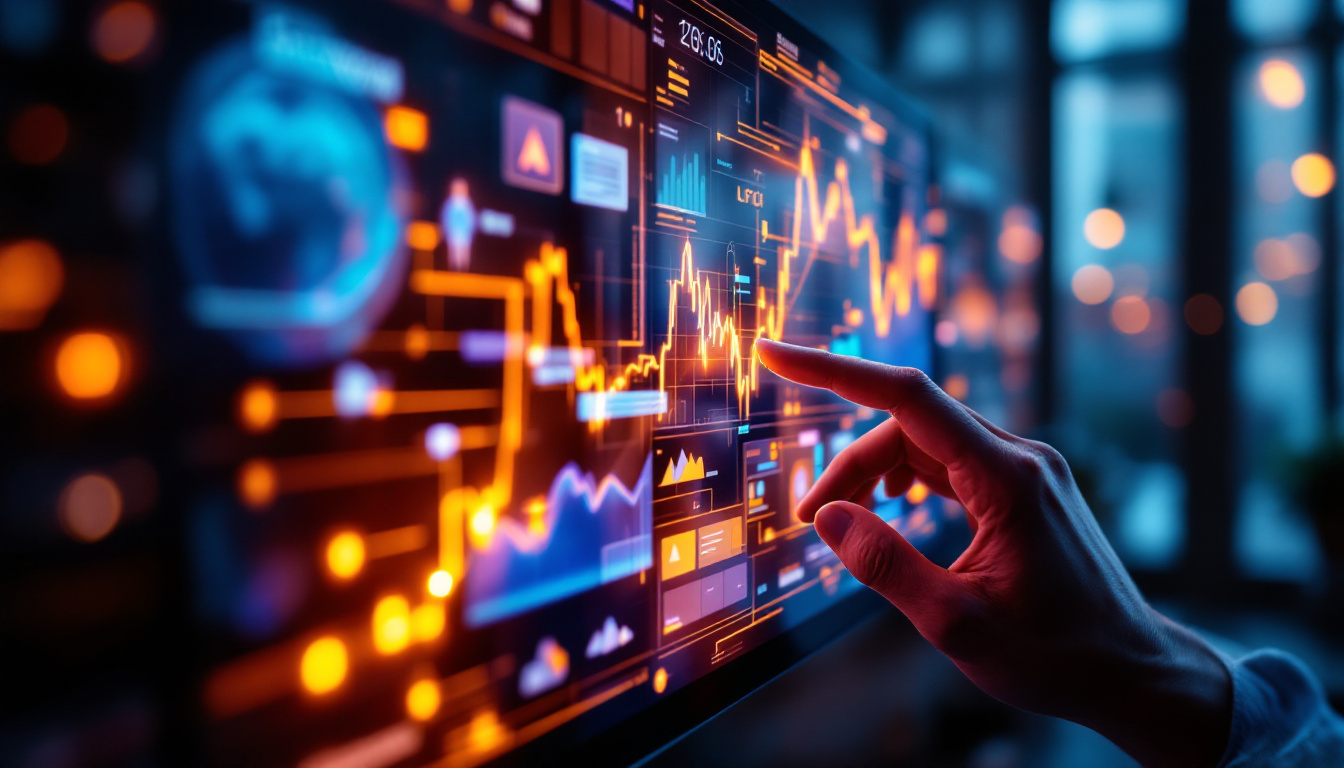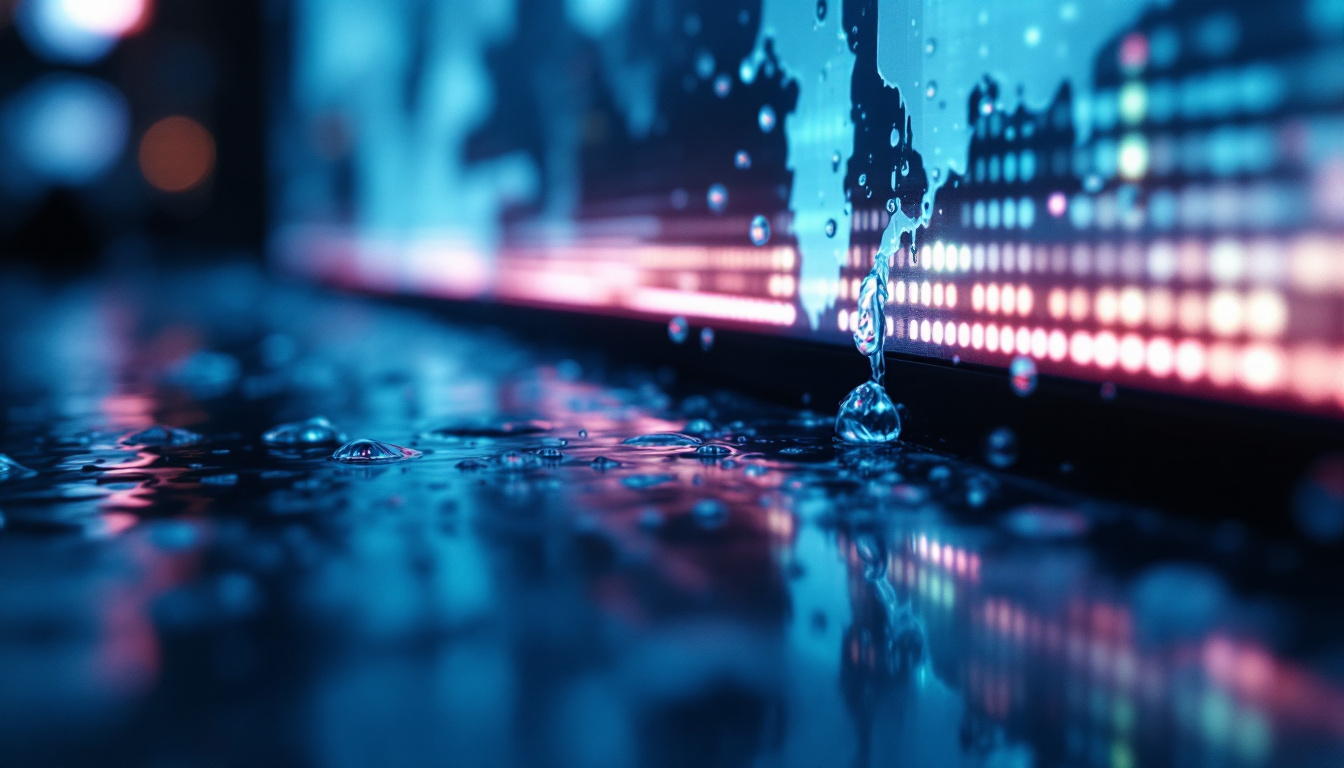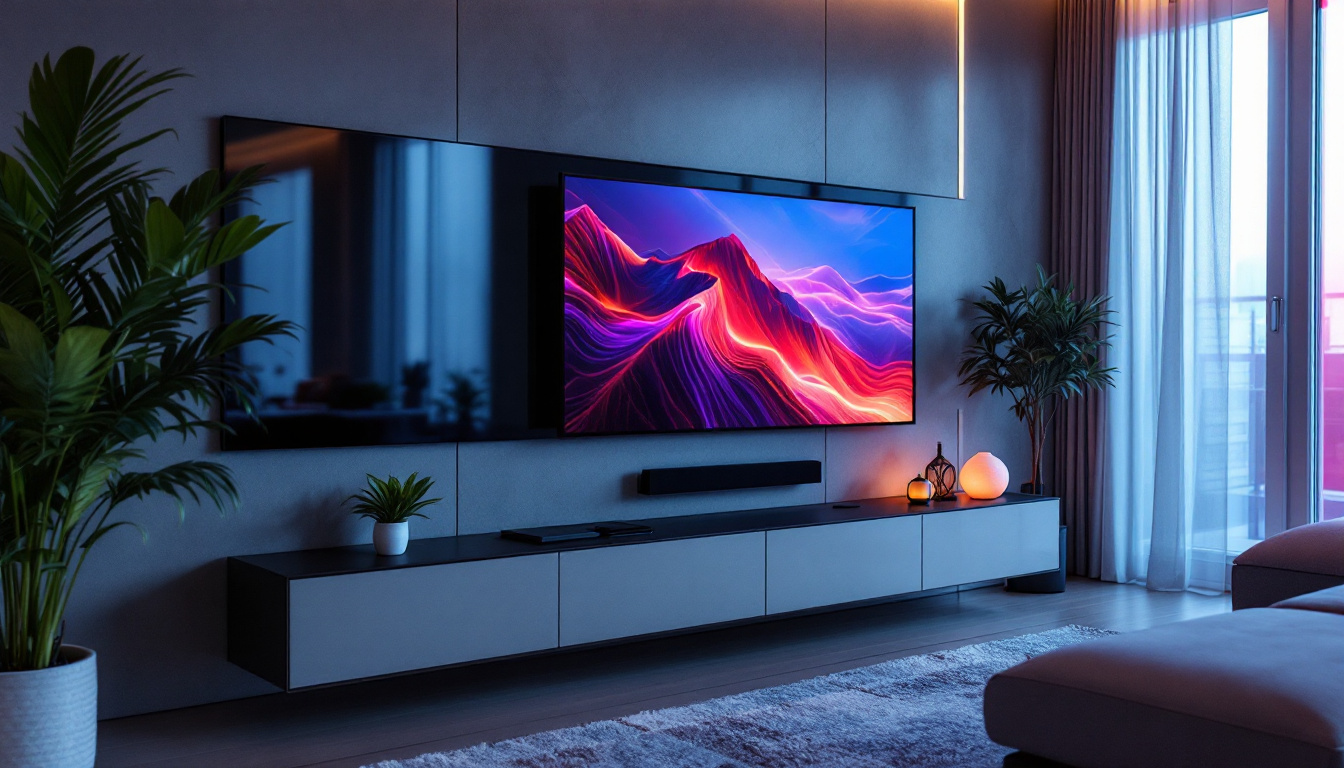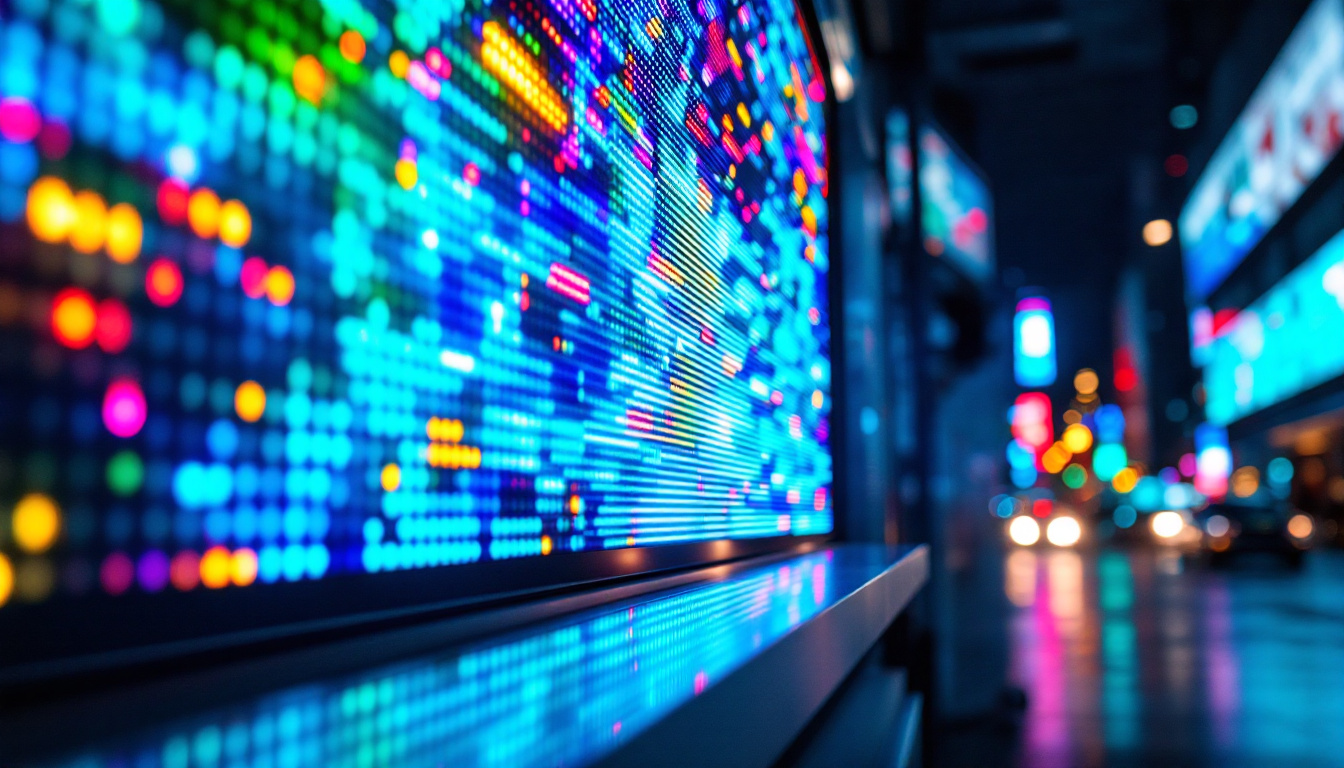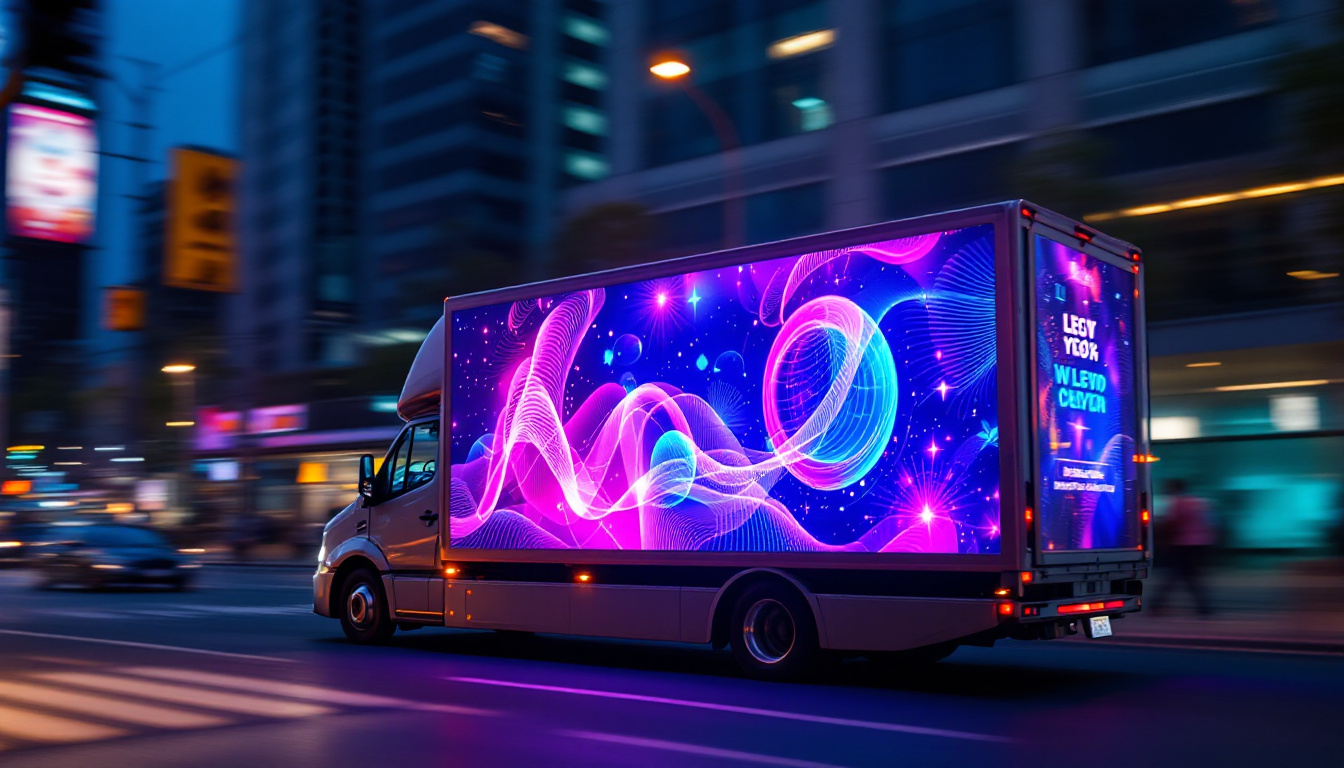In the evolving landscape of architectural design and digital communication, LED display walls have become a pivotal element for both aesthetic appeal and functional utility. From retail environments and corporate lobbies to sports arenas and public spaces, LED display technology is transforming how information and visuals are presented on large surfaces. This article delves into the fundamentals of LED display walls, exploring their design considerations, technological components, and practical applications to provide a comprehensive understanding for designers, architects, and business owners alike.
Understanding LED Display Walls
What is an LED Display Wall?
An LED display wall is a large-scale screen composed of numerous light-emitting diodes (LEDs) arranged in a matrix to form a seamless visual surface. Unlike traditional monitors or projectors, LED walls offer vibrant colors, high brightness levels, and excellent visibility even in brightly lit environments. These walls can range from a few square feet to hundreds of square meters, making them highly versatile for various indoor and outdoor applications.
The core advantage of LED display walls lies in their modular construction. Each panel, or “tile,” contains several LEDs that can be individually controlled to display images, videos, or dynamic content. This modularity allows for scalable designs that can be customized to fit virtually any wall size or shape, providing architects and designers with unprecedented flexibility.
Key Components of LED Walls
LED display walls consist of several critical components that work together to deliver high-quality visuals:
- LED Modules: These are the basic building blocks, containing arrays of LEDs arranged in specific pixel pitches (the distance between the centers of adjacent pixels). Pixel pitch directly affects resolution and viewing distance.
- Cabinets or Panels: LED modules are mounted onto cabinets, which provide structural support and house power supplies and control electronics.
- Control System: This includes processors and software that manage the content displayed on the wall, synchronize modules, and adjust brightness and color calibration.
- Power Supply: LED walls require robust power sources to ensure consistent brightness and performance.
- Mounting Structure: A secure framework that supports the weight and alignment of the LED panels, often customized to the architectural environment.
Design Considerations for LED Display Walls
Pixel Pitch and Resolution
One of the most critical factors in LED wall design is pixel pitch, which determines the resolution and clarity of the displayed image. Pixel pitch is measured in millimeters and represents the distance between individual LED clusters. A smaller pixel pitch means higher resolution and finer detail, suitable for close viewing distances, such as in retail stores or corporate offices.
For example, a pixel pitch of 1.5mm offers ultra-high resolution ideal for indoor applications where viewers are close to the screen. Conversely, outdoor LED walls, such as those used in stadiums or billboards, often have pixel pitches ranging from 8mm to 20mm, as viewers are typically farther away. Selecting the appropriate pixel pitch ensures optimal image quality without unnecessary cost.
Brightness and Contrast
Brightness is another essential consideration, especially for outdoor or brightly lit indoor environments. LED walls can achieve brightness levels exceeding 5,000 nits, which allows content to remain visible even under direct sunlight. Indoor LED walls generally operate at lower brightness levels, typically between 800 and 1,500 nits, to avoid overwhelming viewers and to maintain color accuracy.
Contrast ratio—the difference between the darkest black and the brightest white—is equally important for image depth and realism. High contrast ratios enhance the viewing experience by providing richer colors and sharper images, which is particularly valuable for advertising and entertainment applications.
Viewing Angle and Distance
The viewing angle defines the range within which the LED wall can be seen clearly without color distortion or brightness loss. Modern LED displays often offer wide viewing angles up to 160 degrees horizontally and vertically, ensuring visibility from various positions within a space.
Understanding the typical viewing distance is crucial when designing an LED wall. For instance, a large LED wall in a conference center may be viewed from several meters away, necessitating a larger pixel pitch and higher brightness. Conversely, a digital art installation in a gallery might require a fine pixel pitch and controlled ambient lighting for close-up viewing.
Integration with Architectural Elements
LED display walls are not merely screens; they are integral components of architectural design. Successful integration requires collaboration between designers, engineers, and content creators to ensure the display complements the space’s aesthetic and functional goals.
Considerations include the wall’s structural capacity, access for maintenance, heat dissipation, and cable management. Additionally, the LED wall’s frame and bezel design should align with the overall interior or exterior design theme, whether minimalist, industrial, or futuristic.
Technological Innovations in LED Display Walls
MicroLED and MiniLED Technologies
Recent advancements in LED technology have introduced MicroLED and MiniLED displays, which offer significant improvements over traditional LED walls. MicroLEDs are microscopic LEDs that provide exceptional brightness, contrast, and energy efficiency while enabling ultra-thin displays.
MiniLED technology uses smaller LEDs than conventional ones, improving local dimming capabilities and contrast ratios. These technologies are increasingly being adopted in high-end retail displays, luxury venues, and digital signage where image quality and form factor are paramount.
Flexible and Transparent LED Displays
Innovations in LED materials and manufacturing have led to flexible and transparent LED displays, expanding the design possibilities for walls. Flexible LED walls can curve or wrap around surfaces, allowing for dynamic architectural features that were previously impossible.
Transparent LED displays enable content to be displayed on glass surfaces without obstructing natural light or views, making them ideal for storefronts, museums, and corporate headquarters. These displays combine functionality with subtlety, enhancing spaces without overwhelming them.
Smart Control and Interactivity
Modern LED walls often incorporate smart control systems that allow real-time content updates, remote management, and interactive features. Touch-sensitive overlays and motion sensors can transform LED walls into engaging interfaces for visitors, customers, or employees.
Integration with Internet of Things (IoT) platforms and artificial intelligence enables personalized content delivery based on audience demographics, time of day, or environmental conditions. This level of interactivity enhances user engagement and maximizes the impact of digital displays.
Practical Applications of LED Display Walls
Retail and Advertising
In retail environments, LED display walls are powerful tools for attracting customers and promoting products. Their vibrant colors and dynamic content capabilities create immersive brand experiences that static signage cannot match. According to a 2023 report by the Digital Signage Federation, LED digital signage can increase customer engagement by up to 30% compared to traditional displays.
Major brands use LED walls for window displays, in-store promotions, and event backdrops, leveraging their ability to quickly update content and adapt to marketing campaigns. The scalability of LED walls also allows retailers to tailor installations to flagship stores or smaller boutique locations.
Corporate and Public Spaces
Corporate lobbies and public spaces benefit from LED display walls as focal points for communication and aesthetics. These walls can display company branding, news feeds, event schedules, or artistic visuals that enhance the environment and convey professionalism.
For instance, financial institutions often use LED walls to display real-time market data, while airports utilize them for flight information and wayfinding. The ability to combine functional content with artistic design makes LED walls a versatile asset in these settings.
Entertainment and Sports Venues
Sports arenas and concert venues rely heavily on large LED display walls to engage audiences and enhance the live experience. High-resolution LED screens provide instant replays, live feeds, and interactive content that keep spectators informed and entertained.
Stadiums like the AT&T Stadium in Texas and the Tottenham Hotspur Stadium in London showcase some of the largest and most advanced LED walls globally, demonstrating the technology’s capacity to handle massive scale and complex content delivery.
Maintenance and Longevity of LED Walls
Durability and Lifespan
LED display walls are designed for long-term use, with typical lifespans ranging from 50,000 to 100,000 hours of operation. This translates to over a decade of continuous use under normal conditions. High-quality LED modules are resistant to environmental factors such as moisture, dust, and temperature fluctuations, particularly in outdoor installations.
However, the longevity of an LED wall depends heavily on proper installation, usage patterns, and maintenance routines. Investing in quality components and professional installation ensures optimal performance and durability.
Routine Maintenance Practices
Maintaining an LED display wall involves regular cleaning, software updates, and hardware inspections. Dust and debris can accumulate on the surface and within the cabinets, potentially affecting brightness and color uniformity. Cleaning should be performed with non-abrasive materials and appropriate solvents.
Periodic calibration of color and brightness ensures consistent image quality over time. Additionally, monitoring software can detect faulty modules or power supply issues early, allowing for timely repairs without significant downtime.
Cost Considerations
While the initial investment in LED display walls can be substantial, the total cost of ownership is often offset by their durability, low energy consumption, and reduced need for replacement compared to other display technologies. Leasing and financing options have also become more common, making LED walls accessible to a broader range of businesses and institutions.
When budgeting, it is crucial to consider not only the hardware costs but also installation, content creation, and ongoing maintenance to ensure the display remains a valuable asset over its lifespan.
Future Trends in LED Wall Design
Integration with Augmented Reality (AR) and Virtual Reality (VR)
The convergence of LED display walls with AR and VR technologies is poised to revolutionize interactive environments. By combining physical LED walls with digital overlays and immersive experiences, designers can create spaces that engage users on multiple sensory levels.
For example, museums and educational institutions are beginning to use LED walls integrated with AR to provide contextual information and interactive exhibits, enriching visitor experiences beyond traditional displays.
Sustainability and Energy Efficiency
As environmental concerns grow, LED display manufacturers are focusing on energy-efficient designs and sustainable materials. Advances in LED chip technology and power management systems are reducing the energy consumption of LED walls without compromising brightness or quality.
Additionally, recycling programs for LED components and the use of eco-friendly manufacturing processes are becoming industry standards, aligning LED display technology with broader sustainability goals.
Customization and Personalization
Future LED walls will increasingly support hyper-personalized content driven by data analytics and artificial intelligence. This capability will allow businesses to tailor messaging and visuals to individual viewers or specific audience segments in real time, enhancing engagement and conversion rates.
Customization will also extend to physical design, with more options for shapes, sizes, and interactive features that integrate seamlessly into diverse architectural contexts.
Conclusion
LED display walls represent a dynamic intersection of technology, design, and communication. Their versatility, visual impact, and adaptability make them indispensable tools in modern architecture and marketing. Understanding the technical aspects such as pixel pitch, brightness, and viewing angles, alongside design integration and maintenance, is essential for maximizing their potential.
As innovations continue to emerge, LED walls will become even more immersive, interactive, and sustainable, offering exciting possibilities for designers and businesses aiming to captivate audiences in an increasingly digital world.
Explore Cutting-Edge LED Display Solutions with LumenMatrix
Ready to elevate your space with the latest in LED display technology? LumenMatrix is at the forefront of creating immersive and interactive visual experiences. From vibrant Indoor and Outdoor LED Wall Displays to innovative solutions like Vehicle LED Displays, LED Posters, and Transparent LED Displays, we have the tools to transform your environment and captivate your audience. Discover the power of LumenMatrix’s advanced LED display modules and revolutionize the way you communicate visually. Check out LumenMatrix LED Display Solutions today and bring your vision to life.

